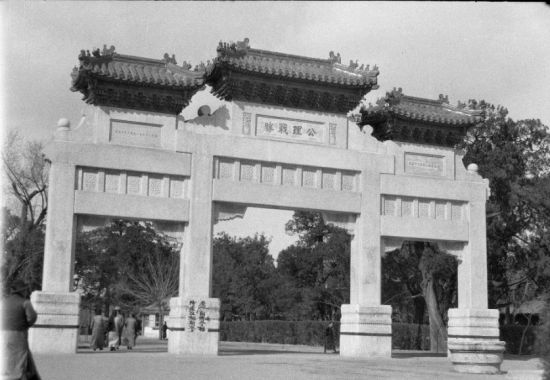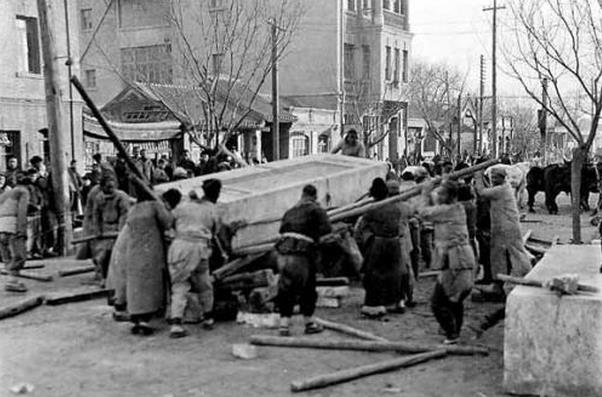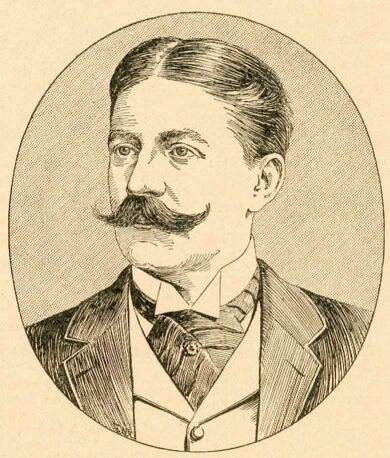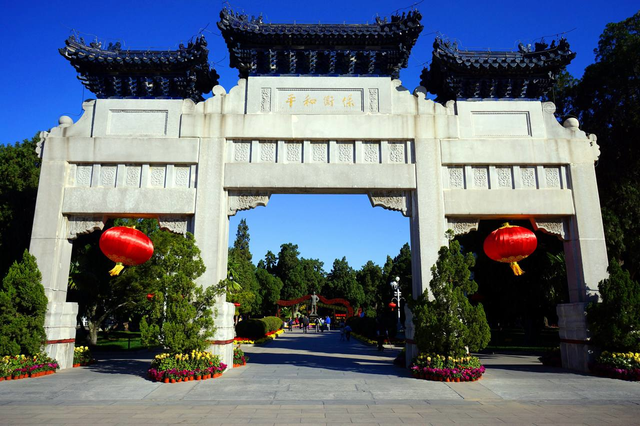The Monument in Beijing inscribes the history of World War I in China
On 11 November 1918, World War I ceased fire. On the second day, Germany surrendered and signed the treaty. World War I ended. When the News transmitted to Beijing, the good tiding filled the whole nation with joy, elated the whole nation. People marched with some signs of "cosmopolitanism", "Victory of Justice" in Beijing.
.jpg)
The joyous People dismantled the Ketteler monument in Beijing. The Ketteler monument is built by the ask of The Boxer Protocol to commemorated Clemens August Freiherr von Ketteler. The Boxer Protocol is an Unequal Treaties was signed on September 7, 1901, between the Qing Empire of China and the Eight-Nation Alliance. The Summer Palace was destroyed by the Eight-Nation Alliance.


Clemens August Freiherr von Ketteler (22 November 1853 – 20 June 1900) was a German career diplomat. When he was in Beijing, he often beats Chinese with a whip on the road. He even ordered German soldiers killed more than 20 Chinese people from the city wall. One time he had a conflict with some Chinese spearman, he started shooting to one spearman named En Hai, but not hit the target. En Hai beat back and hit him. Clemens’s death was one of the reasons that Eight-Nation Alliance farfetched for invaded Beijing.

After that, people changed the name of this monument from Ketteler Monument to The Victory of Justice Monument. But at this time, Chinese people didn't know that the "victory of justice" does not belong to them. Even China is one of the victorious nations of World War I. ( I will explore this history on my next blog). Until 1950, the Asia-pacific Peace Conference opened in Beijing, people have changed the Monument's name again to The Safeguard Peace Monument. It still stands in Beijing Zhongshan Garden, inscribes the history of World War I of China.

100% of the SBD rewards from this #explore1918 post will support the Philadelphia History Initiative @phillyhistory. This crypto-experiment is part of a graduate course at Temple University's Center for Public History and is exploring history and empowering education to endow meaning. To learn more click here.
You are off and running @xiaonanli. I'm looking forward to more #interestinghistory.
haha, thank you!